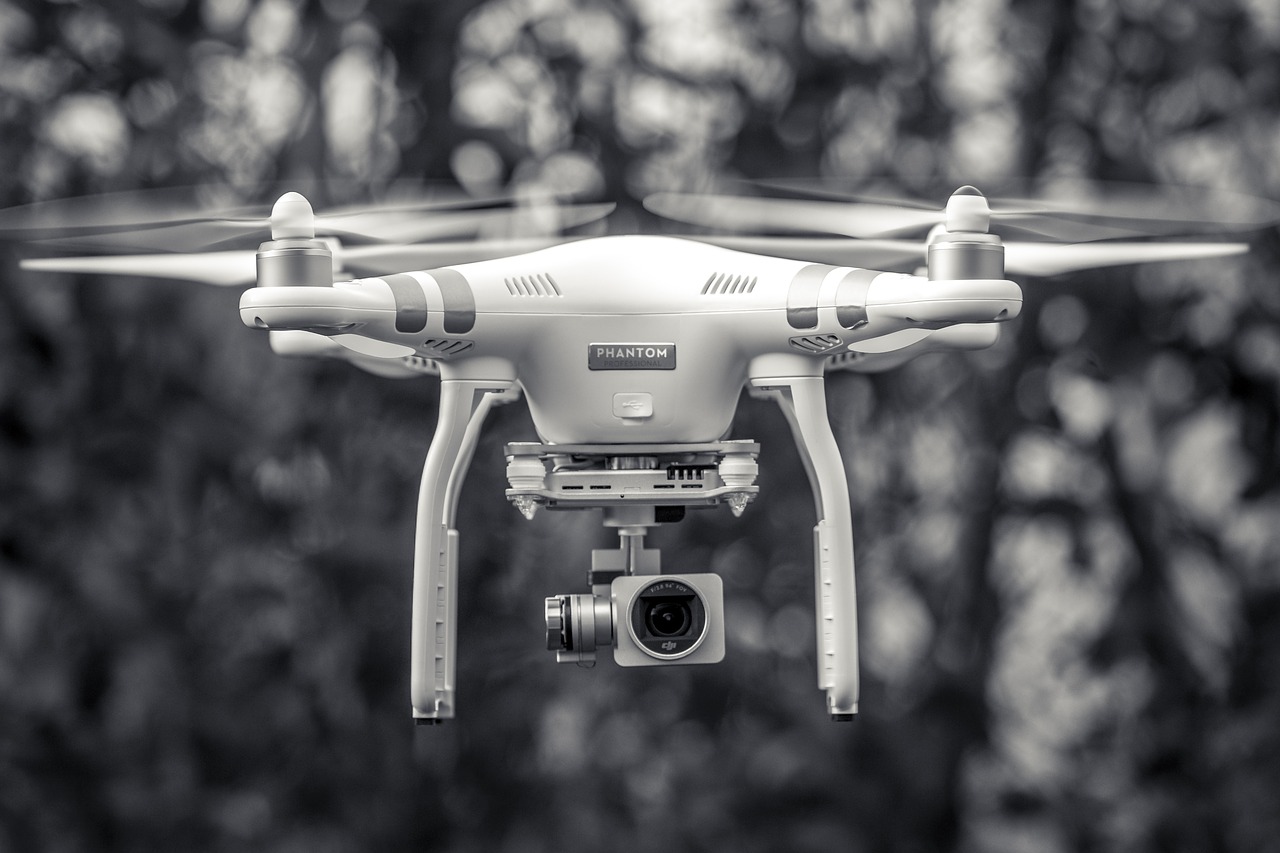 EMERGING TECH
EMERGING TECH
 EMERGING TECH
EMERGING TECH
 EMERGING TECH
EMERGING TECH
Microsoft Corp. wants to make life easier for drone and robotics developers.
On Wednesday, the software and cloud giant released an open-source software toolkit called AirSim that allows developers to test their new creations within the safety of a simulated world.
The new virtual reality technology originates from a Microsoft Research project called the Aerial Informatics and Robotics Program, which was also announced on Wednesday. The aim of that project is to deliver a “data-rich simulator toolkit” that provides a realistic environment with lifelike physics that can be used by developers to build robotic systems that are able to adapt and interact with their surroundings.
“Microsoft researchers say they can create simulators that offer a much more realistic view of the environment,” Microsoft senior writer Allison Linn wrote in a blog post. “Aerial Informatics and Robotics Platform’s simulator is built on the latest photorealistic technologies, which can accurately render subtle things, like shadows and reflections, that make a significant difference in computer vision algorithms.”
AirSim is integrated with machine learning frameworks that can help to teach artificial intelligence systems how to operate in environments safely. That means there’s none of the risks that are associated with testing such systems in real-life settings, such as expensive drones crashing into walls or other obstacles. The platform is compatible with two of the most popular drone models – DJI and MavLink – while the simulator itself is based on the Unreal Engine, which is used by game developers to create complex 3D worlds for video games.
Microsoft has made a beta version of AirSim available on GitHub, but warns that the software toolkit is still under “heavy development.” The company has also released a video demo of the technology here:
Microsoft has a history of using virtual reality worlds as a training ground for AI systems. Last year the company announced Project AIX for AI-based research in Minecraft worlds, after acquiring the popular game for $2.5 billion in 2014. Microsoft later created an AI-powered Minecraft character that could learn from its surroundings and perform tasks like climbing a hill unaided.
Last December, meanwhile, the company’s venture capital arm created a new fund especially for AI companies that can solve “societal problems.” That fund’s first investment was in Element AI, which is an AI research lab based in Montreal that designs AI systems for commercial purposes.
And just last month, Microsoft said it was buying Maluuba Inc. for an undisclosed fee. Maluuba is a deep learning company that is dedicated to building general-purpose artificial intelligence, which aligns with Microsoft’s stated goal of democratizing AI, making it more accessible for everyone.
Support our mission to keep content open and free by engaging with theCUBE community. Join theCUBE’s Alumni Trust Network, where technology leaders connect, share intelligence and create opportunities.
Founded by tech visionaries John Furrier and Dave Vellante, SiliconANGLE Media has built a dynamic ecosystem of industry-leading digital media brands that reach 15+ million elite tech professionals. Our new proprietary theCUBE AI Video Cloud is breaking ground in audience interaction, leveraging theCUBEai.com neural network to help technology companies make data-driven decisions and stay at the forefront of industry conversations.